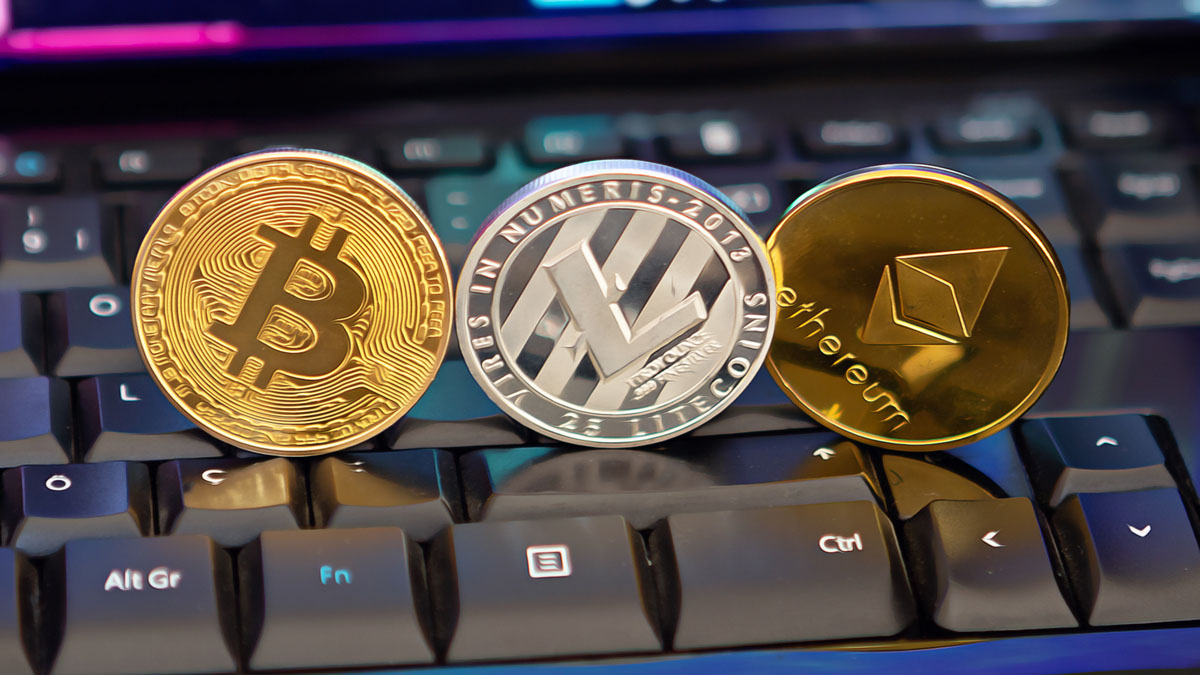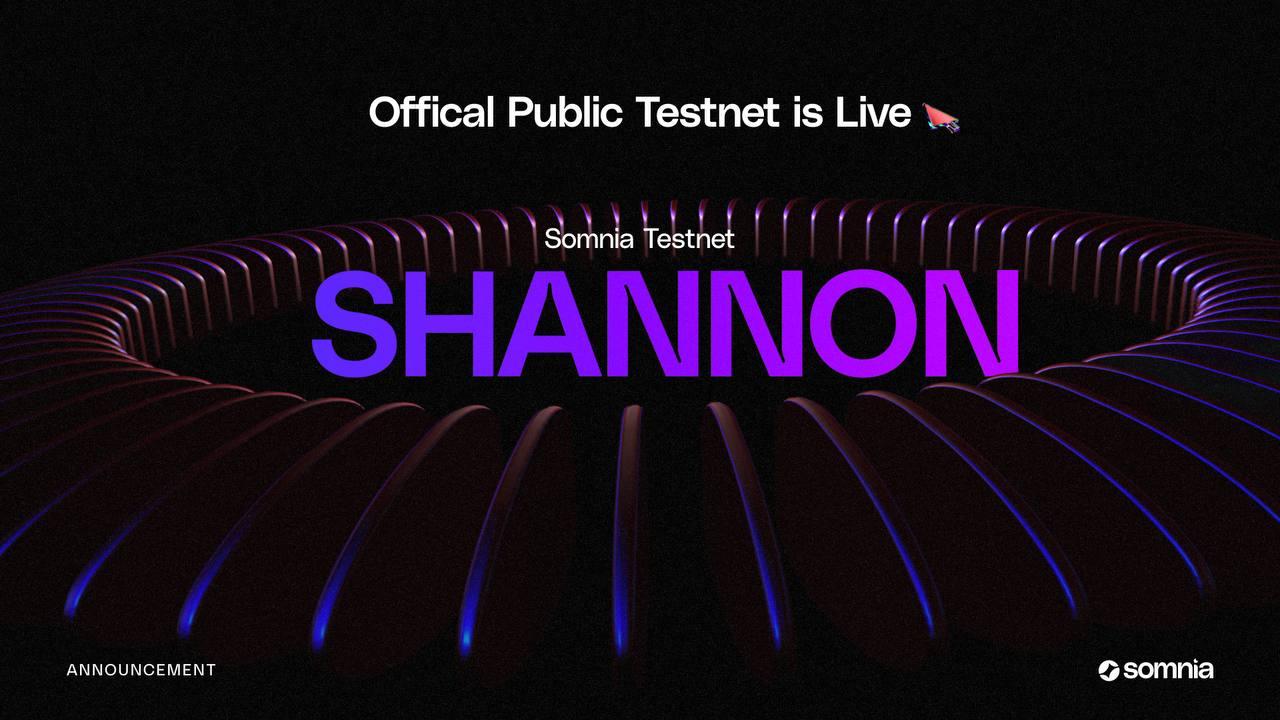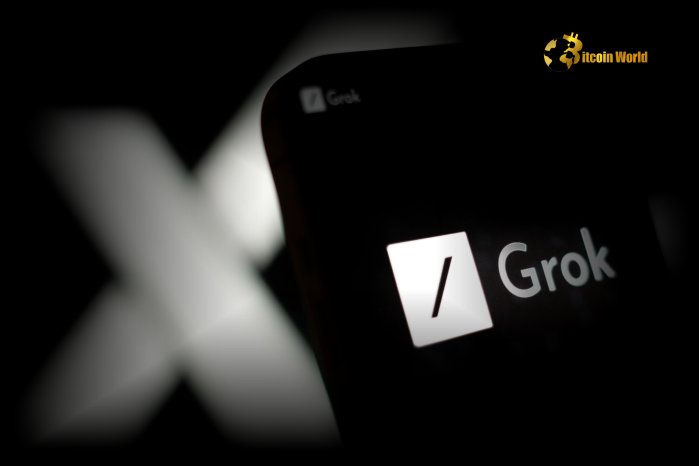In the fast-paced world of cryptocurrency and blockchain, trust and transparency are paramount. Similarly, the burgeoning field of Artificial Intelligence (AI) faces its own tests of credibility, especially when it comes to AI benchmarks. This week, a public spat erupted, echoing the crypto world’s demand for accountability, as an OpenAI employee publicly questioned the integrity of xAI, Elon Musk’s AI venture, accusing them of presenting potentially misleading benchmarks for their latest model, Grok 3. Was xAI truly showcasing Grok 3’s capabilities accurately, or were these AI benchmarks designed to paint a rosier picture? Let’s delve into this fascinating AI showdown.
The Benchmark Battleground: Are Grok 3’s Claims Valid?
The heart of the controversy lies in how AI benchmarks are reported, and more crucially, interpreted. xAI, aiming to position Grok 3 as a leading AI, released a blog post highlighting its performance on the AIME 2025 (American Invitational Mathematics Examination) dataset. This dataset, despite some debates about its suitability as a definitive AI benchmark, is widely used to gauge a model’s mathematical reasoning prowess.
xAI’s initial graph touted two versions of Grok 3 – Grok 3 Reasoning Beta and Grok 3 mini Reasoning – as outperforming OpenAI’s ‘o3-mini-high’ model on AIME 2025. However, this claim quickly drew fire from OpenAI insiders on X (formerly Twitter). The crux of their argument? The graph conveniently omitted a critical detail: ‘cons@64’ scores for OpenAI’s model.
What is ‘cons@64’ and Why Does It Matter for AI Benchmarks?
For those unfamiliar, ‘cons@64’ is short for ‘consensus@64.’ Imagine giving an AI model 64 attempts to solve each problem in a benchmark. ‘cons@64’ essentially does this, selecting the most frequently generated answers as the model’s final responses. This method can significantly inflate benchmark scores, making a model appear more capable than it might be in a single-attempt scenario.
Think of it like this:
- @1 (Single Attempt): This reflects the model’s performance on its first try – arguably a more realistic measure of its immediate capability.
- cons@64 (64 Attempts Consensus): This shows the model’s potential best performance after multiple tries, leveraging statistical probability to arrive at the ‘best’ answer.
By not including the ‘cons@64’ score for o3-mini-high, xAI’s graph potentially created a skewed comparison, suggesting Grok 3 surpassed OpenAI’s model when, in reality, the picture might be more nuanced.
Grok 3 vs. OpenAI: Decoding the Benchmark Data
Looking at the ‘@1’ scores, the initial performance metric, reveals a different story. Grok 3 Reasoning Beta and Grok 3 mini Reasoning actually fall short of o3-mini-high’s score on AIME 2025. Furthermore, Grok 3 Reasoning Beta even slightly lags behind OpenAI’s ‘o1’ model, even when the ‘o1’ model is set to ‘medium’ computing resources.
Despite these figures, xAI is actively marketing Grok 3 as the “world’s smartest AI.” This bold claim, juxtaposed with the benchmark data nuances, raises eyebrows and fuels the debate about transparency in AI marketing.
Was xAI’s Benchmark Presentation Misleading?
Igor Babushkin, a co-founder of xAI, defended the company’s approach on X, arguing that OpenAI has also, in the past, presented misleading benchmarks – albeit in charts comparing their own models. This tit-for-tat highlights a broader issue: the lack of standardized and transparent practices in reporting AI benchmarks across the industry.
Adding another layer to the discussion, a neutral observer, Teortaxes (@teortaxesTex on X), compiled a more comprehensive graph. This graph included ‘cons@64’ scores for a wider range of models, providing a more balanced perspective.
Hilarious how some people see my plot as attack on OpenAI and others as attack on Grok while in reality it’s DeepSeek propaganda (I actually believe Grok looks good there, and openAI’s TTC chicanery behind o3-mini-*high*-pass@”””1″””” deserves more scrutiny.) pic.twitter.com/3WH8FOUfic
— Teortaxes (DeepSeek 推特
(DeepSeek 推特 铁粉 2023 – ∞) (@teortaxesTex) February 20, 2025
铁粉 2023 – ∞) (@teortaxesTex) February 20, 2025
This neutral graph aimed to present a clearer picture, though it inadvertently sparked further debate, showcasing the sensitivity and complexity surrounding AI benchmark comparisons.
The Missing Piece: Computational Cost in AI Benchmarks
AI researcher Nathan Lambert brought up a crucial, often overlooked, point. He highlighted that the computational and financial resources required for each model to achieve its benchmark scores remain largely undisclosed. This lack of transparency is a significant limitation of current AI benchmarks. A model might achieve a high score, but at what cost? Is it computationally efficient, or does it require massive resources, making it less practical for real-world applications?
Consider these questions:
- Efficiency: How much computing power does each model consume to reach its benchmark score?
- Cost: What is the financial implication of running each model at scale?
- Practicality: Is a high-scoring but resource-intensive model truly superior to a slightly lower-scoring, but far more efficient, alternative?
Without this crucial context of computational cost, AI benchmarks offer an incomplete picture of a model’s true capabilities and limitations.
Navigating the AI Benchmark Maze: What Does This Mean for the Future?
The Grok 3 benchmark controversy underscores a critical need for greater transparency and standardization in the AI industry. For users, investors, and the broader public to make informed decisions about AI technologies, we need AI benchmarks that are:
- Comprehensive: Going beyond single scores to include various performance metrics and contexts.
- Transparent: Clearly outlining testing methodologies, including details like ‘cons@64’ and computational costs.
- Standardized: Adhering to industry-wide accepted protocols to ensure fair comparisons across different models and labs.
The debate surrounding Grok 3’s misleading benchmarks serves as a potent reminder: scrutiny and critical evaluation are essential, not just in the crypto space, but also in the rapidly evolving world of Artificial Intelligence. As AI becomes increasingly integrated into our lives, demanding clarity and honesty in performance claims is more important than ever. The future of AI hinges not just on technological advancement, but also on building trust and accountability within the industry.
To learn more about the latest AI benchmarks and ethical considerations in AI development, explore our articles on key developments shaping AI and its responsible future.
AI News – BitcoinWorld – Read More










